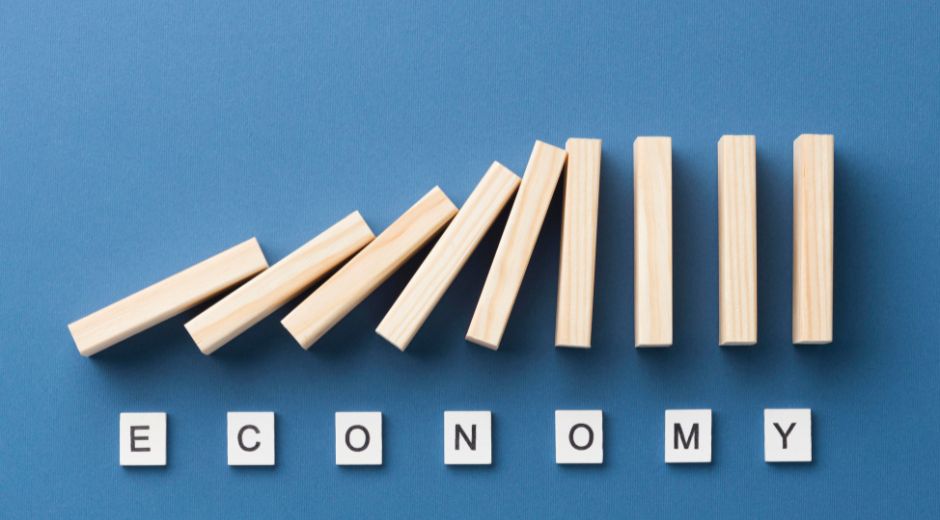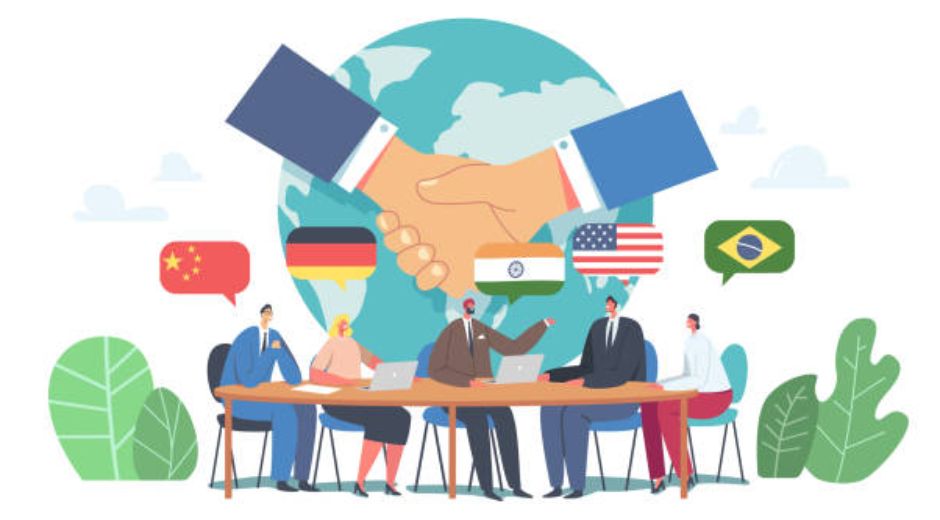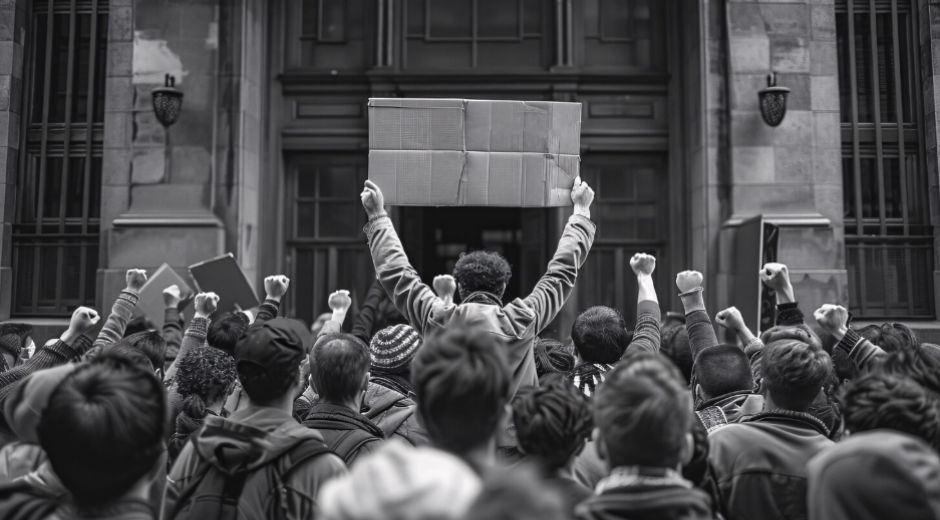Economic Blocs: How Regional Alliances Are Redefining Global Power
Global politics is no longer shaped only by individual nations but by the rise of powerful Economic Blocs. These regional alliances, built around shared trade policies, currency systems, and political interests, are reshaping the world’s balance of power.
From the European Union to ASEAN, BRICS, and the African Continental Free Trade Area, Economic Blocs influence everything from the price of food and fuel to the direction of global diplomacy. As competition between blocs intensifies, the world is entering a new era of economic interdependence and regional strategy.
What Are Economic Blocs?
An Economic Bloc is a group of countries that collaborate to promote trade and economic growth among members. These alliances often reduce tariffs, standardize regulations, and coordinate investments to strengthen collective influence.
Unlike informal partnerships, Economic Blocs typically operate through formal treaties and shared institutions. They can take several forms:
-
Free Trade Areas – Nations remove tariffs on goods traded within the bloc (e.g., NAFTA, now USMCA).
-
Customs Unions – Members adopt a common external tariff on imports from non-members.
-
Common Markets – Goods, services, capital, and labor move freely across borders.
-
Economic Unions – Members align fiscal and monetary policies, sometimes sharing a single currency.
These structures not only stimulate commerce but also foster political unity, creating new poles of influence in an increasingly fragmented global system.
The Rise of Regionalism
The late 20th century saw the peak of globalization, with open markets and global supply chains connecting the world. But in the 21st century, geopolitical tensions, pandemics, and energy crises have pushed countries to seek stability closer to home.
This shift toward regional cooperation — often called “new regionalism” — reflects a pragmatic response to uncertainty. Economic Blocs allow nations to pool resources, secure supply chains, and reduce dependence on distant partners.
According to The Economist, regional alliances now account for more than 60 percent of total global trade. This shows that collaboration within blocs has become the cornerstone of international economics.
The European Union: Model and Challenge
The European Union (EU) remains the most advanced example of an Economic Bloc. Originating from post-World War II cooperation, it evolved from a coal and steel community into a full economic and political union with a shared currency, the euro.
The EU’s success lies in its integration. Member nations benefit from a single market of over 450 million consumers, freedom of movement, and common environmental and social standards. Yet the bloc also faces internal challenges such as economic inequality, migration pressures, and debates over sovereignty.
Despite these tensions, the EU’s influence on global regulation and trade policy remains unmatched. Its strict environmental and digital standards often set the benchmark for other regions.
BRICS and the Multipolar Economy
While the EU represents traditional Western cooperation, BRICS — comprising Brazil, Russia, India, China, and South Africa — symbolizes the rise of the Global South. Initially an informal alliance, BRICS has grown into a major economic force representing nearly half of the world’s population.
The bloc seeks to counterbalance Western dominance in institutions like the International Monetary Fund (IMF) and the World Bank. By creating alternative financial systems and promoting trade in local currencies, BRICS challenges the long-standing supremacy of the U.S. dollar.
In 2023, BRICS expanded to include new members from the Middle East and Africa, signaling its ambition to become a true global alternative. Its success could reshape trade routes, investment flows, and energy markets for decades to come.
ASEAN and the Asian Century
The Association of Southeast Asian Nations (ASEAN) is another major Economic Bloc driving global growth. Consisting of 10 member states, ASEAN has become a hub for manufacturing, digital innovation, and sustainable development.
Through partnerships like the Regional Comprehensive Economic Partnership (RCEP), ASEAN connects with East Asian powerhouses such as China, Japan, and South Korea. This network forms the backbone of the so-called “Asian Century,” where economic gravity continues to shift eastward.
ASEAN’s strength lies in balance. It bridges diverse economies, from advanced Singapore to developing Laos, fostering dialogue and stability in a region of vast cultural and political differences.
The African Continental Free Trade Area
Africa’s potential as a global growth engine is finally being realized through the creation of the African Continental Free Trade Area (AfCFTA). Launched in 2018, it unites over 50 countries into a single market with a combined GDP exceeding 3 trillion dollars.
By reducing tariffs and facilitating cross-border investment, the AfCFTA aims to boost intra-African trade by more than 50 percent. It also strengthens Africa’s bargaining power in international negotiations, reducing dependence on external actors.
For the continent, the formation of this Economic Bloc represents more than just trade; it is a step toward self-sufficiency and shared prosperity.
The Americas: Integration and Fragmentation
North and South America present a contrasting picture of integration. The United States-Mexico-Canada Agreement (USMCA) modernized the North American Free Trade Agreement to adapt to digital trade and labor standards.
Meanwhile, Latin American blocs such as MERCOSUR and the Pacific Alliance continue to evolve, though internal politics often hinder deeper cooperation. Regional trade remains strong, but fragmentation limits global influence.
However, there is renewed interest in continental collaboration, especially in clean energy and infrastructure development, areas where shared investment could yield major regional benefits.
The Politics of Economic Blocs
Economic Blocs are not purely economic constructs. They also serve political purposes. Membership in a bloc offers countries collective bargaining power and geopolitical protection.
For smaller nations, joining a larger bloc provides security and access to broader markets. For major powers, leading a bloc enhances influence and legitimacy.
Yet bloc politics can also create tensions. Competing alliances may foster rivalries rather than cooperation. Balancing national sovereignty with collective goals remains a delicate act.
At newspapersio.com, we often explore how these shifting alliances define modern diplomacy, illustrating that today’s trade agreements are as much about politics as economics.
Technology and the Digital Divide
In the 21st century, economic integration is increasingly defined by technology. Digital trade, cybersecurity, and data governance are now central to Economic Blocs.
Regions with strong digital infrastructure and research capacity are setting global standards for innovation. The EU’s Digital Services Act and Asia’s 5G expansion exemplify how regulation and investment can shape future technology landscapes.
However, the digital divide remains a major challenge. Less developed economies risk being left behind, creating a new hierarchy within and between blocs. Closing this gap is essential for inclusive growth.
Energy Cooperation and Resource Politics
Energy is a driving force behind many Economic Blocs. Nations rich in natural resources often use alliances to stabilize prices and manage supply chains.
The Organization of the Petroleum Exporting Countries (OPEC) is an example of a resource-based bloc that wields global influence. New alliances are forming around renewable energy, where countries collaborate to share technology and investments in solar and wind infrastructure.
Climate policy has become another unifying theme. Regional carbon markets and green energy partnerships are growing, signaling a shift toward sustainable economic cooperation.
According to SportSoulPulse, analysts predict that the next phase of regional alliances will focus on clean technology and resource independence, reducing vulnerability to external shocks.
The Future of Trade Wars and Protectionism
The rise of Economic Blocs does not guarantee harmony. Trade disputes, tariffs, and protectionist policies can still emerge within or between blocs.
For example, differences between northern and southern EU members over fiscal policy or ongoing tensions between the United States and China over technology exports reveal how economic interests can clash even among partners.
To maintain stability, blocs must balance competition with cooperation, ensuring that short-term disputes do not undermine long-term unity.
The Role of Currency and Financial Systems
Monetary policy is another key dimension of bloc power. The euro has proven how a shared currency can strengthen regional identity and economic resilience. However, it also highlights challenges, as nations lose flexibility over interest rates and spending.
Other blocs are exploring alternatives. BRICS has discussed creating a joint digital currency to facilitate trade without relying on the dollar. If successful, this could mark a historic transformation in global finance.
Currency cooperation enhances trade efficiency but requires political trust, something that remains difficult to achieve in diverse alliances.
Cultural and Social Integration
While economic ties are measurable, cultural integration defines how deeply blocs connect. Shared education systems, migration agreements, and cultural exchanges build mutual understanding and resilience.
In the EU, student programs like Erasmus have strengthened a shared European identity. In Asia, cultural diplomacy through festivals and media collaborations deepens regional pride.
Strong cultural links turn economic cooperation into social cohesion, making Economic Blocs more than transactional entities.
Challenges Ahead
Despite their success, Economic Blocs face several obstacles:
-
Uneven development among member states
-
Political instability or leadership changes
-
Global economic downturns
-
Environmental crises and resource scarcity
-
Rising nationalism and anti-globalization sentiment
Navigating these issues requires adaptability and shared vision. The survival of any bloc depends on whether its members see cooperation as a collective investment rather than a temporary convenience.
The Multipolar Future
As the 21st century progresses, global power is dispersing. Instead of one or two dominant superpowers, multiple Economic Blocs now shape the international order.
This multipolar world creates both opportunity and complexity. It encourages regional autonomy but also increases competition for influence. The key to peace and prosperity will lie in how these blocs interact — whether through collaboration or confrontation.
Each region’s strategy will determine whether economic integration leads to unity or fragmentation.
Conclusion: A World Built on Partnership
Economic Blocs are the architecture of the modern world. They define who trades with whom, how resources flow, and where innovation thrives. As global challenges become more interconnected, no nation can act alone.
Regional alliances offer a path toward stability and strength, but they require trust, fairness, and flexibility. The nations that master cooperation will shape the next chapter of global history.
In this new age of alliances, power is not held by the strongest nation but by the most collaborative one. The success of Economic Blocs proves that unity, not isolation, remains the most powerful currency in the modern era.
The Pulse of News

Economic Blocs: How Regional Alliances Are Redefining Global Power
Economic Blocs: How Regional Alliances Are Redefining Global Power examines how nations unite through trade and policy to shape the world economy.

Blue Zones: Unlocking the Secrets of Longevity and Purposeful Living
Blue Zones: Unlocking the Secrets of Longevity and Purposeful Living explores how specific communities thrive through balance, purpose, and healthy habits.

Soundscapes: How Sonic Design Shapes Emotion and Immersion in Modern Culture
Soundscapes: How Sonic Design Shapes Emotion and Immersion in Modern Culture explores how music, noise, and silence influence perception and creativity.

Edge Intelligence: The Next Frontier of Smarter, Faster, and Decentralized Computing
Edge Intelligence: The Next Frontier of Smarter, Faster, and Decentralized Computing explores how AI and edge systems redefine real-time data processing.

Sanctions and Global Power: How Economic Pressure Shapes Modern Diplomacy
Sanctions and Global Power: How Economic Pressure Shapes Modern Diplomacy explores how nations use trade, finance, and policy to influence global decisions.

Circadian Rhythm: How Your Body’s Internal Clock Shapes Health and Performance
Circadian Rhythm: How Your Body’s Internal Clock Shapes Health and Performance explores how daily cycles influence sleep, energy, mood, and longevity.

Immersive Theater: Redefining How Audiences Experience Storytelling
Immersive Theater: Redefining How Audiences Experience Storytelling explores how interactive performance reshapes art, emotion, and audience connection.

Digital Twins: How Virtual Replicas Are Powering Real-World Innovation
Digital Twins: How Virtual Replicas Are Powering Real-World Innovation explores how this technology reshapes industries from healthcare to aviation.

AI-Driven Cybersecurity: The Future of Digital Defense in a Hyperconnected World
AI-Driven Cybersecurity explores how artificial intelligence is transforming global digital defense, reshaping threat detection, and redefining the future of technology innovation. Insights













